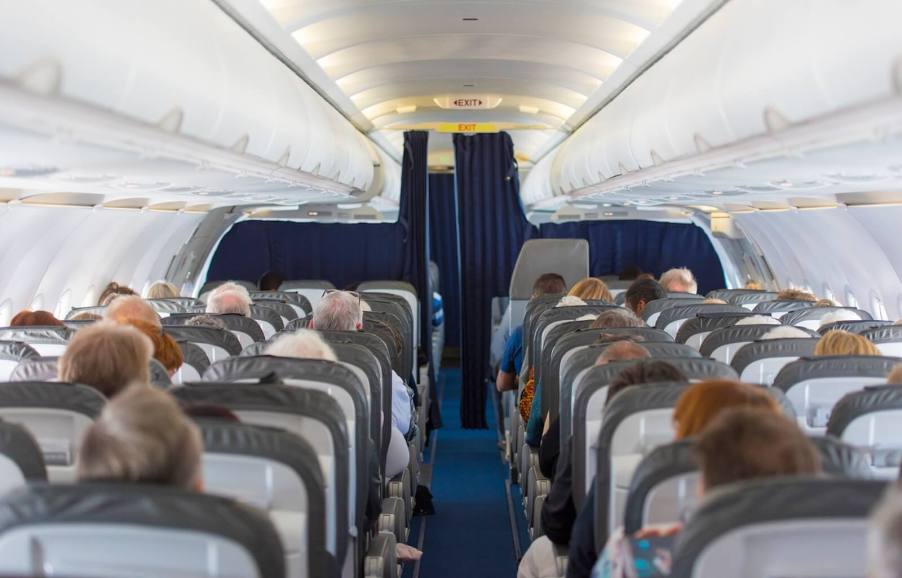
Is there an air marshal on every flight?
Flight attendants have a tall order in front of them for every flight, domestic or international. For starters, they must contend with irate passengers and safety concerns. Compound those frustrations with the closed environment that is an airplane, and you’ve got a tricky job. However, they can’t do much to defend against hostile actors. That’s where an air marshal comes in. But is there really an air marshal on every flight?
It would be impossible to place an air marshal on every commercial flight– despite the FAMS’s best efforts
September 11th, 2001 shocked the entire world. A planned attack of its kind on American soil simply didn’t seem possible. After the horrific events of that day, then-President George W. Bush ordered the rapid expansion of the Federal Air Marshal Service (FAMS) from double-digits to thousands of federal agents.
The government felt that the presence of a greater number of air marshals could protect the passengers of flights. That, and an armed federal agent could prevent a fuel-laden aircraft from endangering the safety of those on the ground. However, even with a surge in personnel numbers, it’s simply impossible for the FAMS to place an air marshal on every flight.
According to the Federal Aviation Administration (FAA), there are around 45,000 flights in the United States. By the numbers, the FAA facilitates upwards of around 5,400 flights at one given time. With a few thousand federal agents to its name, the FAMS couldn’t possibly place an agent on every flight over American airspace.
That said, the 62-year-old agency chooses flights based on risk assessments. But don’t think that you’ll see an air marshal in a windbreaker with bright yellow letters. No, no. FAMS personnel do their best to blend in with other passengers. There could be a plain-clothes federal air marshal sitting right next to you and you might not know it.



